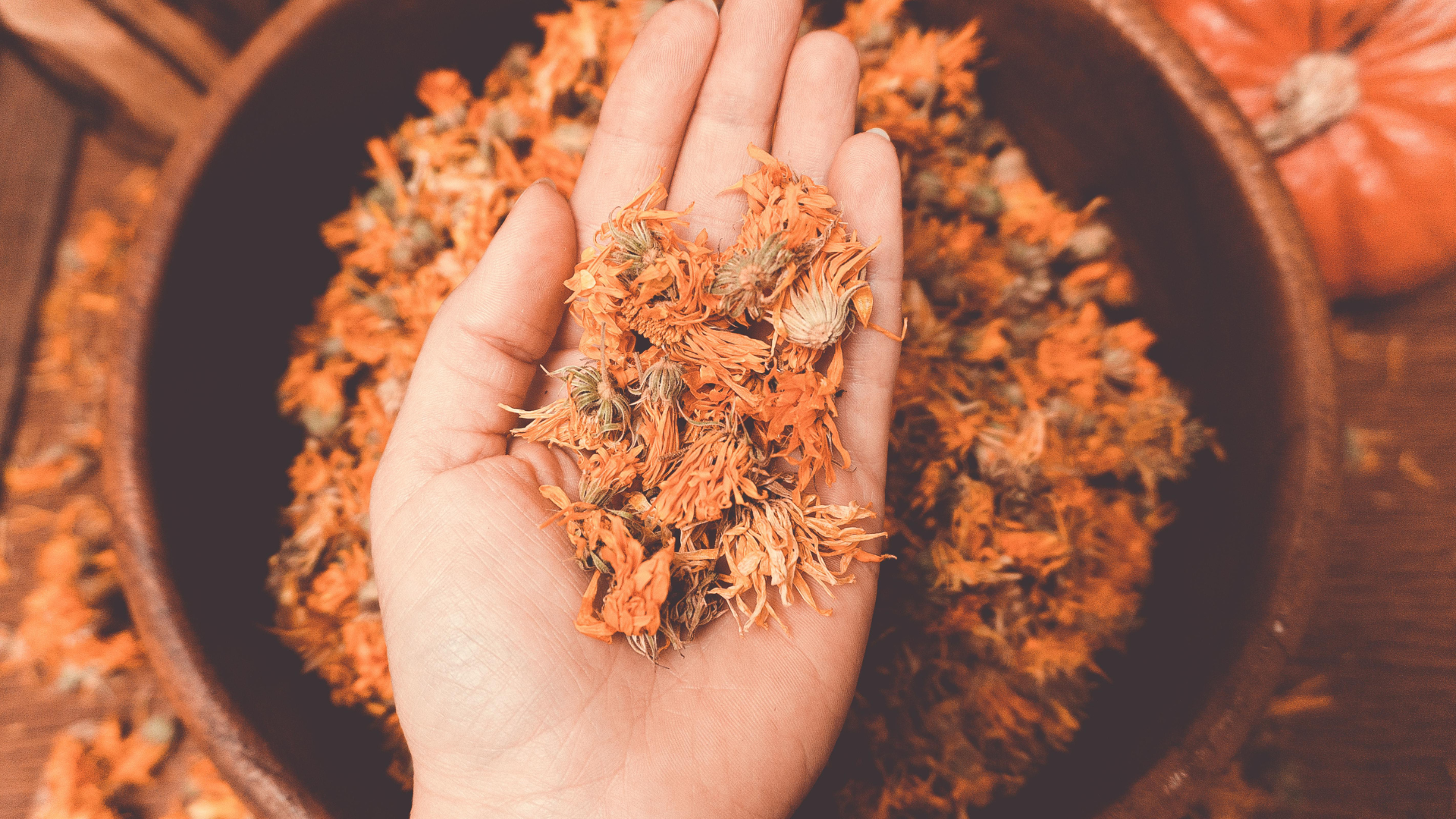The Benefits of Ayurvedic Self-Massage (Abhyanga) for Skin and Health
Jul 21, 2025
The Benefits of Ayurvedic Self-Massage (Abhyanga) for Skin and Health
Ayurveda, the ancient Indian system of medicine, places great emphasis on self-care rituals that promote holistic well-being. One of the most nourishing and restorative practices in Ayurveda is Abhyanga, the daily practice of self-massage with warm oils. Abhyanga is more than just a skincare routine; it is a powerful way to balance the body’s doshas (Vata, Pitta, and Kapha), improve circulation, detoxify the body, and calm the nervous system.
In this blog, we will explore the many benefits of Ayurvedic self-massage, focusing on how Abhyanga can rejuvenate your skin, promote overall health, and create a sense of deep relaxation and well-being.
What is Abhyanga?
Abhyanga is a form of self-massage that involves applying warm oil to the skin in rhythmic, circular motions. Traditionally performed with dosha-specific oils, Abhyanga helps to balance the mind, body, and spirit. The oil penetrates deep into the tissues, nourishing the skin, muscles, and joints, while removing toxins and improving circulation.
In Ayurveda, Abhyanga is considered a daily practice (or Dinacharya) that helps rejuvenate the body and mind, maintaining overall vitality and health. It is particularly recommended for balancing Vata dosha, which governs movement and the nervous system, but it can benefit all doshas.
The Benefits of Abhyanga for Skin and Health
1. Nourishes and Moisturizes the Skin
One of the most immediate benefits of Abhyanga is that it deeply hydrates and nourishes the skin. The oils used in the massage—whether sesame, coconut, or almond oil—are rich in essential fatty acids and vitamins that help repair and moisturize the skin.
-
Softens dry, rough skin: Especially beneficial for Vata-dominant individuals who may experience dry, flaky skin, Abhyanga leaves the skin feeling smooth, soft, and supple.
-
Improves skin tone and complexion: Regular oil massage improves blood circulation, which enhances skin’s radiance and gives you a natural glow.
-
Reduces signs of aging: Abhyanga helps to keep the skin youthful by promoting elasticity and preventing dryness, which can lead to wrinkles and fine lines.
2. Detoxifies the Body
Ayurveda teaches that toxins, or Ama, can accumulate in the body due to poor digestion, stress, and environmental factors. Abhyanga aids in detoxification by stimulating the lymphatic system, helping to remove toxins through the skin and improve circulation.
-
Boosts lymphatic drainage: The massage motions used in Abhyanga help stimulate lymphatic flow, which removes waste and toxins from the body.
-
Enhances circulation: Improved blood flow not only nourishes the skin but also aids in delivering oxygen and nutrients to the body’s tissues, keeping them healthy and energized.
3. Balances the Doshas
Abhyanga is a key practice in balancing the doshas, particularly Vata, which can become aggravated by stress, anxiety, and overwork. By applying warm oils in slow, rhythmic strokes, Abhyanga helps to ground and soothe Vata, promoting a sense of calm and stability.
-
For Vata: Warm, heavy oils like sesame or almond oil are used to calm Vata’s light, airy nature, helping to ease anxiety, dryness, and nervousness.
-
For Pitta: Cooling oils like coconut or sunflower oil are used to balance Pitta’s fiery energy, reducing heat, irritation, and inflammation in the body.
-
For Kapha: Stimulating oils like mustard or olive oil are used to invigorate Kapha’s sluggishness, promoting circulation and preventing congestion.
4. Calms the Nervous System
Abhyanga is deeply calming for the nervous system, making it an excellent remedy for stress, anxiety, and insomnia. The soothing sensation of the warm oil combined with the gentle pressure of the massage helps activate the parasympathetic nervous system, which promotes relaxation and reduces stress hormones like cortisol.
-
Reduces stress and anxiety: Abhyanga helps lower stress levels, calm the mind, and promote mental clarity by relaxing the nervous system.
-
Improves sleep quality: By grounding Vata and calming the mind, regular oil massage can improve the quality of your sleep, making it easier to fall asleep and stay asleep.
5. Strengthens Muscles and Joints
The practice of Abhyanga is not just beneficial for the skin but also supports the health of the muscles and joints. The application of warm oil helps lubricate the joints, improve flexibility, and reduce muscle tension.
-
Improves muscle tone: Regular massage helps to strengthen and tone the muscles, making it especially beneficial for athletes and those with physically demanding lifestyles.
-
Relieves joint stiffness: The oil penetrates deeply into the tissues, helping to reduce joint pain and stiffness, particularly in those with Vata imbalances or conditions like arthritis.
6. Improves Digestion and Metabolism
Abhyanga can also stimulate digestion and metabolism by promoting the healthy flow of Prana (life force) throughout the body. A balanced digestive system is key to maintaining overall health and preventing the buildup of toxins.
-
Stimulates digestion: Regular oil massage helps improve digestive fire, or Agni, which enhances nutrient absorption and reduces bloating or indigestion.
-
Boosts metabolism: The increased circulation from Abhyanga helps to boost metabolism and promote the efficient elimination of waste products.
7. Promotes Longevity and Vitality
In Ayurveda, Abhyanga is considered a rejuvenating practice that promotes longevity and overall vitality. It nourishes the body’s tissues, improves immunity, and helps maintain youthfulness.
-
Rejuvenates the body: Regular Abhyanga is believed to slow down the aging process by nourishing the body’s tissues and improving vitality.
-
Boosts immunity: The practice helps strengthen the immune system by removing toxins, promoting circulation, and supporting overall health.
How to Perform Abhyanga at Home
You can easily incorporate Abhyanga into your daily routine with these simple steps:
-
Choose your oil: Select an oil that suits your dosha or needs. For Vata, choose warming oils like sesame or almond oil; for Pitta, opt for cooling oils like coconut or sunflower oil; for Kapha, use stimulating oils like mustard or olive oil.
-
Warm the oil: Gently warm the oil by placing it in a small container and submerging it in hot water. The warmth helps the oil penetrate deeply into the skin and tissues.
-
Massage your body: Start from the scalp and work your way down to your feet. Use circular motions on the joints and long, sweeping strokes on the limbs. Apply light pressure on sensitive areas and more firm pressure on areas with muscle tension.
-
Focus on problem areas: Spend extra time massaging areas where you feel tension, such as the neck, shoulders, lower back, or feet.
-
Let the oil absorb: After massaging, allow the oil to sit on your skin for 10-20 minutes so it can fully absorb and nourish your body.
-
Shower or bathe: After the oil has soaked in, take a warm shower or bath. You can skip soap on the areas where you’ve applied oil to allow the moisturizing benefits to last longer.





